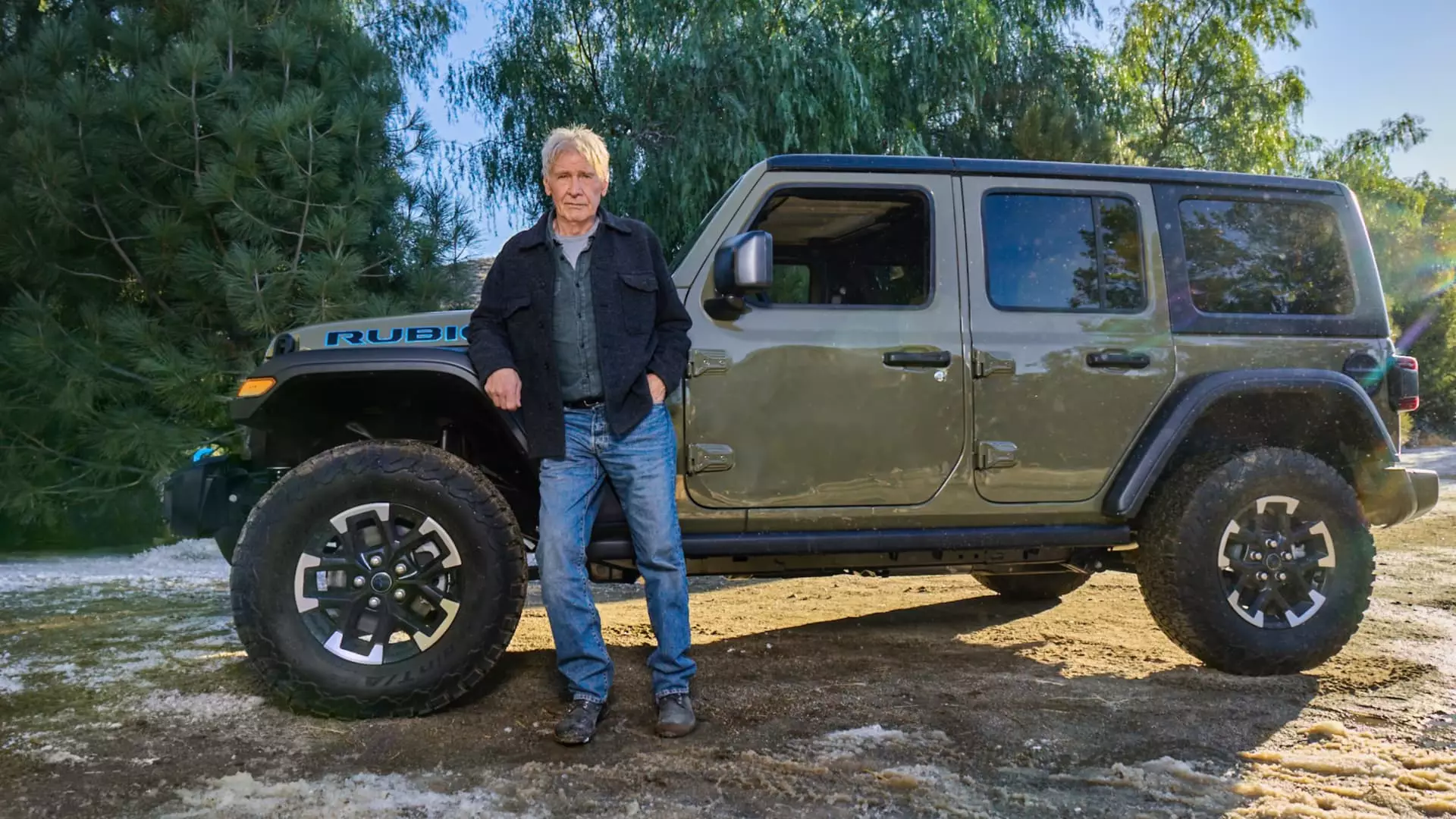In a dramatic turn of events, Stellantis, the parent company of iconic brands such as Ram and Jeep, found itself as the sole automaker daring to place a commercial during Super Bowl 59. This decision was not made lightly; it emerged from a backdrop of significant upheaval, most notably the abrupt departure of CEO Carlos Tavares and ongoing uncertainties facing the automotive industry. Stellantis Chief Marketing Officer Olivier Francois highlighted that the spirit of rebirth and renewal shaped this year’s marketing strategy, demonstrating the company’s commitment to rejuvenate its standing in the American market. The initiative was partly driven by Stellantis Chairman John Elkann’s insistence on showcasing a “comeback story,” a narrative that resonates deeply given the company’s turbulent history.
A Legacy of Bold Messaging
Stellantis has a rich history of utilizing the Super Bowl platform for significant storytelling. From Eminem’s iconic 2011 advertisement that symbolically linked the company’s revival to Detroit’s resilience, Stellantis has consistently crafted commercials that go beyond mere product promotion; they tell a narrative. Francois stated that Elkann urged him to channel the comeback ethos reminiscent of late CEO Sergio Marchionne, known for his philosophy of embracing risks and pushing boundaries. Marchionne’s mantra, “Mediocrity is not worth the trip,” served as an inspiration for this year’s creative direction.
The decision to lean into a narrative of resilience came amidst cost-cutting measures and disappointing sales figures. While competitors chose to forego the Super Bowl stage, Stellantis seized the opportunity to reaffirm its commitment to the U.S. market. This bold move not only emphasized the company’s dedication to growth but also underscored its need to differentiate itself in a crowded marketplace filled with competing narratives and electric vehicle (EV) promotions.
Celebrity influence has been a hallmark of Stellantis’ marketing campaigns, and Super Bowl 59 was no exception. This year’s commercials showcased prominent figures, including Harrison Ford and Glen Powell. The Jeep ad, featuring Ford, emerged as a standout piece by invoking themes of personal freedom and self-definition, allowing Ford to resonate with audiences on a more personal level. In an era where product-centric advertising often overwhelms emotional storytelling, Ford’s approach highlighted a new paradigm—one where individual experiences are valued over mere product specifications.
The ad features Ford reflecting on life’s journey, emphasizing the beauty of personal choice, cleverly matched with a Jeep vehicle’s rugged capability. By juxtaposing the Jeep with a Ford Bronco, Stellantis not only acknowledged competitors but also reaffirmed the Jeep’s enduring legacy and appeal. This strategic nod serves to engage consumers while fostering brand loyalty, particularly in a segment dominated by passionate outdoor and adventure enthusiasts.
The automotive industry is currently experiencing a seismic shift toward electric vehicles, and while many brands focused solely on their EV lineups during the Super Bowl, Stellantis employed a more balanced approach. Both of their adverts featured electric models, intertwining traditional vehicles with plug-in hybrids. This multi-faceted strategy reflects a recognition of evolving consumer preferences while ensuring that the company is not perceived as abandoning its heritage.
Francois’ commentary on the industry’s chaotic scramble for EV recognition reveals an essential truth: many automakers are producing extensive rhetoric around EVs without tangible results. Francois noted that the marketing landscape was filled with companies “running like headless chickens,” an illustration of the frantic pace at which they are racing to establish themselves in the EV market. Stellantis’ decision to merge narratives of both electric and conventional vehicles demonstrates a thoughtful consideration of the diverse audience that the company must cater to.
Reflections on Future Directions
Extreme circumstances often foster innovative thinking, and for Stellantis, the timing of Elkann’s call for a Super Bowl advertisement could not have been more fortuitous. This unexpected call allowed space for creativity and adaptation, enabling the marketing team to formulate a message that resonates with both existing and potential customers. Rather than blindly following industry trends, Stellantis has opted to assert its unique narrative—one grounded in experience, resilience, and an inclusive view of the road ahead.
As the automotive landscape continues to evolve, Stellantis must maintain its momentum from this Super Bowl experience. The company’s commitment to authentic storytelling combined with a diverse product lineup reflects a shift toward a consumer-focused strategy. With an eye on innovation and a foot grounded in tradition, Stellantis is poised to navigate the rapidly shifting market landscape, proving that sometimes, a bold comeback is just what’s needed amidst uncertainty.

